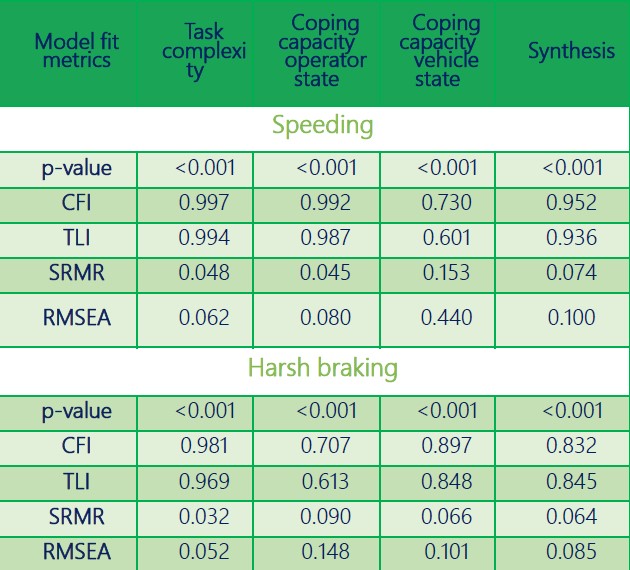
Despite continuous investment in road and vehicle safety, as well as improvements in technology standards, the total amount of road crashes has been increasing over the last decades. The aim of the current study was to identify the most critical precursors of risk from both the task complexity and the coping capacity side. To that end, data collected from 30 drivers who partici-pated in a naturalistic driving experiment for four months in UK were collected and analyzed. Sev-eral Structural Equation Models (SEMs) were applied in order to explore the effect between the latent variables of task complexity, coping capacity and risk. Results indicated that demographic characteristics, such as gender and age had a negative correlation with coping capacity indicating that male drivers and especially elderly people had a lower level of coping capacity, Moreover, better general driving skills were associated with higher coping capacity. It was also revealed that vehicle strain (increased vehicle age) along with type of fuel and trip difficulty were associated with higher task complexity levels. Overall, it is important to consider the specific factors and context involved when assessing the relationship between task complexity, coping capacity and risk.
| ID | pc540 |
| Presentation | |
| Full Text | |
| Tags |







